Sony A900: A Closer Look at 24.6MP Resolution and Noise
by Wesley Fink on October 27, 2008 2:00 AM EST- Posted in
- Digital Camera
Sony A900 Full Frame vs. Sony A700 APS-C
The Sony A700 uses the same 12.3MP sensor featured in the Nikon D300, but it was not as well received as the D300 when it was introduced. The main complaint was the poor quality of Sony's built-in JPEG processing and the fact that noise reduction (NR) could not be turned off in RAW mode. Sony has addressed the early criticisms with several firmware upgrades that have finally culminated in firmware Version 4 which was released at the same time as the A900. With firmware v4 the Sony JPEG processing is finally competitive with other top cameras, noise algorithms are more competitive, and you can finally adjust or turn off NR in both RAW and JPEG modes. Many consider output of the Sony A700 with v4 firmware finally to be competitive with the well-regarded Nikon D300.
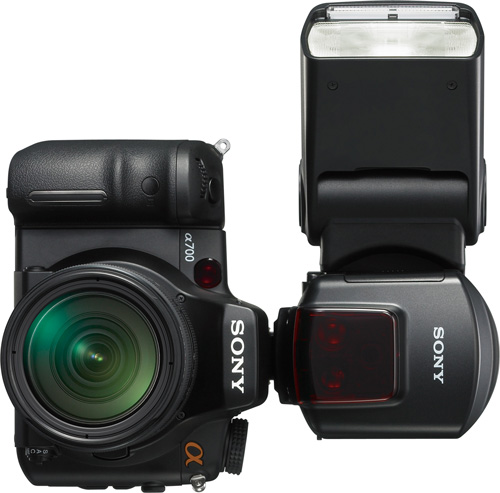
Since high ISO noise is now much better controlled in JPEG mode on the v4 A700, it should be interesting to compare noise over the range of ISO adjustments to the Sony A900 full-frame. Even though the A700 is an APS-C size sensor, resolution at 12.3MP is about the same as the Nikon D700 and the Canon 5D. The actual view of a 150x250 pixel crop will be about the same as the Nikon D700 or Canon 5D.
Once again, we compare the Sony A700 to both same pixel size crops, and 0.5x crops that represent the same area of the image in each capture. The same pixel crops are 150x250 actual pixels captured from both images. The 0.5x crops are TWICE the number of pixels in a 212x353 capture which has been adjusted from the standard 350dpi to 248dpi so the crop you are viewing is approximately the same size as the crop from the 12.3MP camera.
The resolution of the A900 sensor is astounding, but there is no escaping that it is also an inherently noisy sensor at high ISO. This is especially evident in comparing the A900 noise tests to the 12.3MP APS-C sensor used in the year old A700. This is the same sensor used in the Nikon D300 (and the new Nikon D90), and our A700 test shots were with a camera using the latest v4 firmware.
If we pixel peep the ISO 1600 output of the A900 is about as noisy as the ISO 6400 output of the A700, which came as quite a surprise. Since sensor density is a bit lower on the 24.6MP A900 than the 12.3 MP A700 this was not expected. If the comparison is made to 0.5x A900 crops the noise advantage for the A700 is still more than a stop. The only conclusion is that the A900 sensor is inherently noisier than the latest refinements of the A700, or that Sony can lower noise in the A900 further with firmware/software updates. It is also interesting that the Sony A900 tungsten color balance is much warmer than the tungsten balance of the A700.
Please do not misunderstand these conclusions in looking at pixel-level crops from JPEG test images. There could be other variables at play. However, Sony has trumpeted the v4 firmware for the A700 as incorporating all they learned in developing the A900. That leads to the assumption that processing should be very similar between these two Sony cameras. Provided that is the case the A900 sensor is noisier at high ISO values than the A700 sensor by at least one stop once the resolution differences are accounted for and two stops in pixel peeping.
If you look closely at the A900 images, there is also no escaping the incredible detail captured with the 24.6 MP sensor. Even with increased noise at higher ISO the captured detail is stunning.


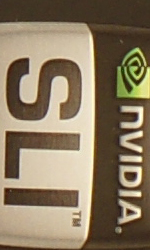
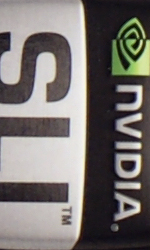

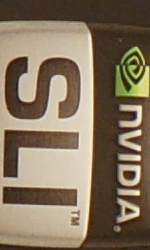
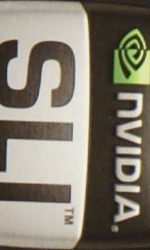
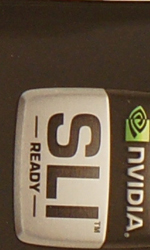
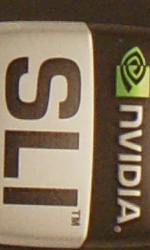

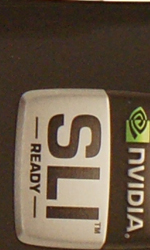
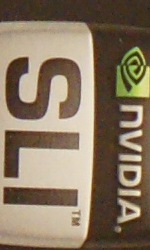
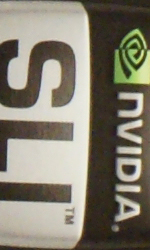
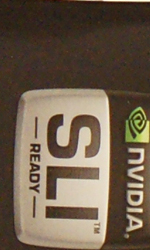


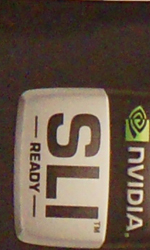
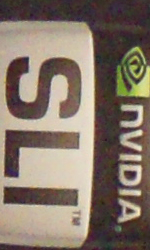

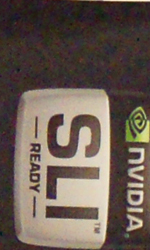
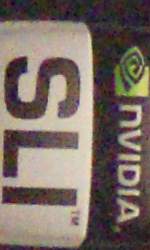










45 Comments
View All Comments
Heidfirst - Wednesday, October 29, 2008 - link
Wesley has already said that these are out of the camera jpegs at default settings & every manufacturer has different values for settings even if they may use the same names for them.If you want sharper out of the camera JPEGs then simply set more sharpness.
Or as a semi-pro you'll probably be using RAW & you'll be used to having to sharpen in pp anyway.
jamesbond007 - Thursday, October 30, 2008 - link
RAW images, which typically have zero sharpening (or any in-camera adjustments made) are sharper than the images provided.TariqGibran - Wednesday, October 29, 2008 - link
Your statement:"Sony sensor is double the resolution of competing full-frame cameras"
is technically incorrect. You also made this same statement in your initial review of the a900. In order to double the resolution, one must quadruple the megapixels, not just double them.
Wesley Fink - Wednesday, October 29, 2008 - link
You are talking about doubling the SIZE of the sensor, which is, as you point out, four times the resolution. Most readers would consider 12 MP double the resolution of a 6 MP sensor. I therefore stand by my description that the A900 at 24.6 megapixels doubles the resolution of the 12 megapixel full-frame competitors.sxr7171 - Monday, November 3, 2008 - link
I think that's a misconception that you should not perpetuate. It is the responsibility of the educated reviewer to inform people about linear resolution. That is the only number that truly speaks about how large you can print the image at a given DPI. Sure you could make the argument that twice the pixels is twice the detail and I wouldn't object but the ability to resolve two different points on either axis is a product of linear resolution. Please don't perpetuate the megapixel myth people are already clueless about the true meaning of the megapixel count and while the 24.8MP is nice for well lit, low action studio type shots most people really need something to shoot action with and talking about increased detail of 24MP vs 12 MP is something that is not important unless you want to shoot to make posters.TariqGibran - Wednesday, October 29, 2008 - link
You are incorrect. Look it up. You are only doubling the MP, not the linear resolution which is what we look at when we speak of resolution in regards to a digital sensor in this context. This is basic stuff any reviewer should be aware of and its sort of an embarrassment to the site and review that you do not know this. No knowledgeable reviewer would claim that 24MP gives double the resolution of 12MP. The fact that you stand by this inaccuracy is even more troublesome. Do some research.Wesley Fink - Wednesday, October 29, 2008 - link
I did try to look up your claim when you first made it in your comments to the A900 preview. I found nothing that corroborated your claim. We tried to look up your CLEAR definition of double resolution as 4 times the number of pixels again and found nothing to indicate that.It is not that we doubt you, but without any references to substantiate what you say it is not reasonable to make changes. If you have the "proof" you say is so easy to find please send us some links and we will take a look.
The 24.6 megapixel A900 does have twice as many pixels as the Nikon D3/D700 and Canon 5D.
melgross - Thursday, October 30, 2008 - link
Doubling the number of pixels increases the resolution by 39% (approx), but doubles the pixel DENSITY.This isn't in question.
lsman - Tuesday, October 28, 2008 - link
On first page,That resolution performance is amazing when you consider the 24.6MP Sony A700 is just $3000
You meant A900 is just $3000
Wesley Fink - Tuesday, October 28, 2008 - link
Thanks for bringing this to our attention. Now corrected.